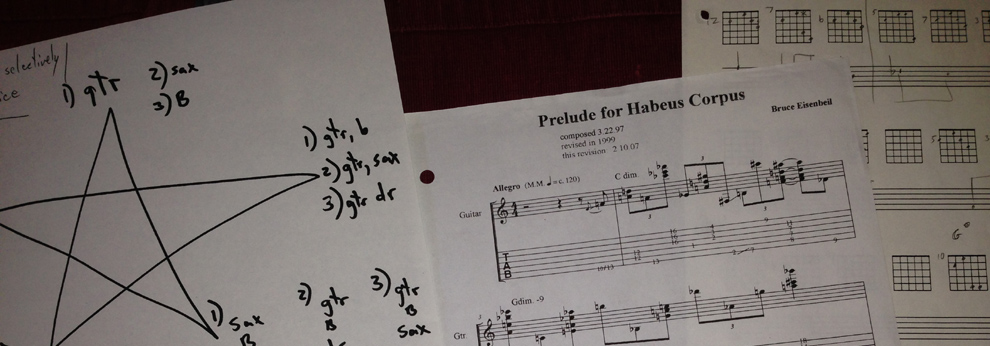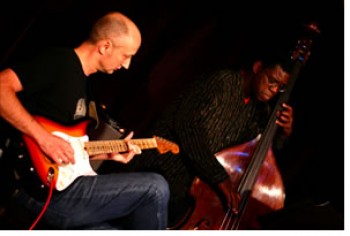Dreams may be the source of songs. Personally, I’ve had some of those. Games may be another source for songs. Kids do this all the time. Practically every game I played as a kid had a song that went along with the activity. Even as an adult, I make up songs almost everyday while I’m playing with my dog.
This is the third and last paper, with this heading, that will be published here. In earlier blog entries you’ll find my first two papers and some background info. In this essay we will investigate the use of narrative songs, game songs, cross cultural collaborations, the celebration of community relationships, contemporary intertribal encounters
Another subject we will look at in this essay is Native American throat singing. With throat singing, two or more pitches may be produced simultaneously. The sound is hauntingly beautiful. I think the first time I ever heard throat singing in person was in the 1990’s by the bassist Peter Kowald. Furthermore some saxophonists including John Coltrane, Albert Ayler, Dewey Redman and Evan Parker along with a few contemporary trumpeters including my friend and musical cohort Peter Evans, seem to simulate this through their own means. Don’t get me wrong. They’re not throat singing but they do produce multiple pitches simultaneously. Although I don’t want to assume I know how each of them produces “those” sounds, the sounds are exciting to be around. You gotta hear it in person!
Understanding and Listening to Native American Music
“Human wellbeing involves far more than simple adjustment to a given environment, natural or cultural; it involves endless experimentation in how the given world can be lived decisively, on one’s own terms” (xii).
~ Dr. Michael Jackson, Existential Anthropology: Events, Exigencies and Effects
In order to understand and listen to Native American music, it is essential to understand human behavior through the study of people because the enculturated “mythical ideas of racial essences (which) are deeply embedded within t...
Read More


















Social Profiles